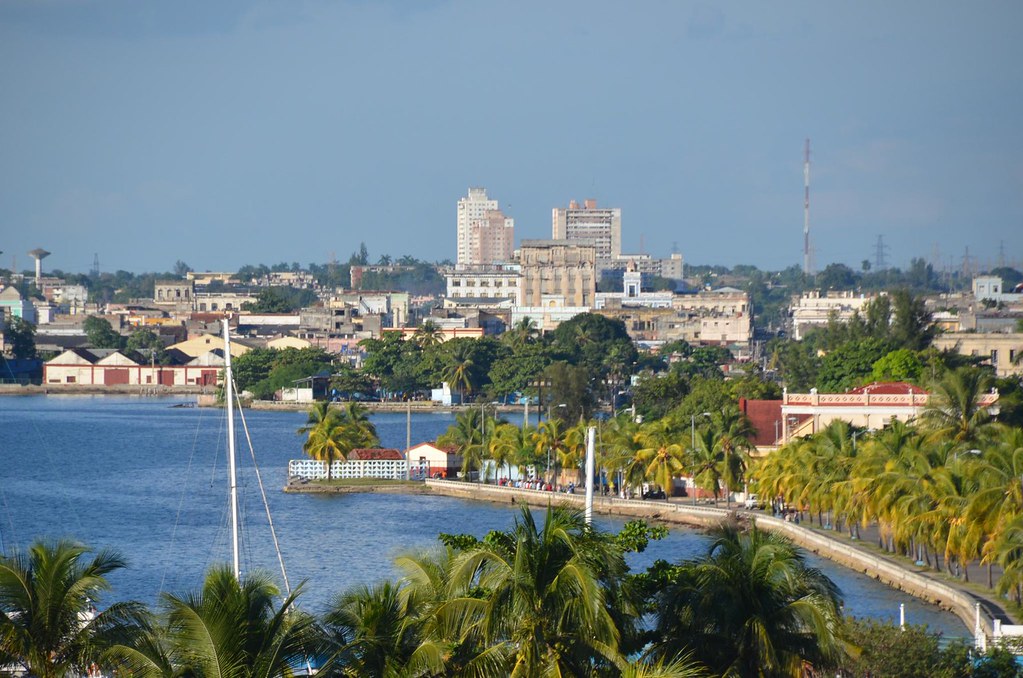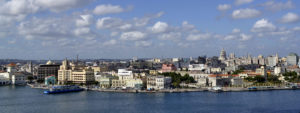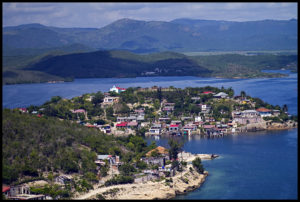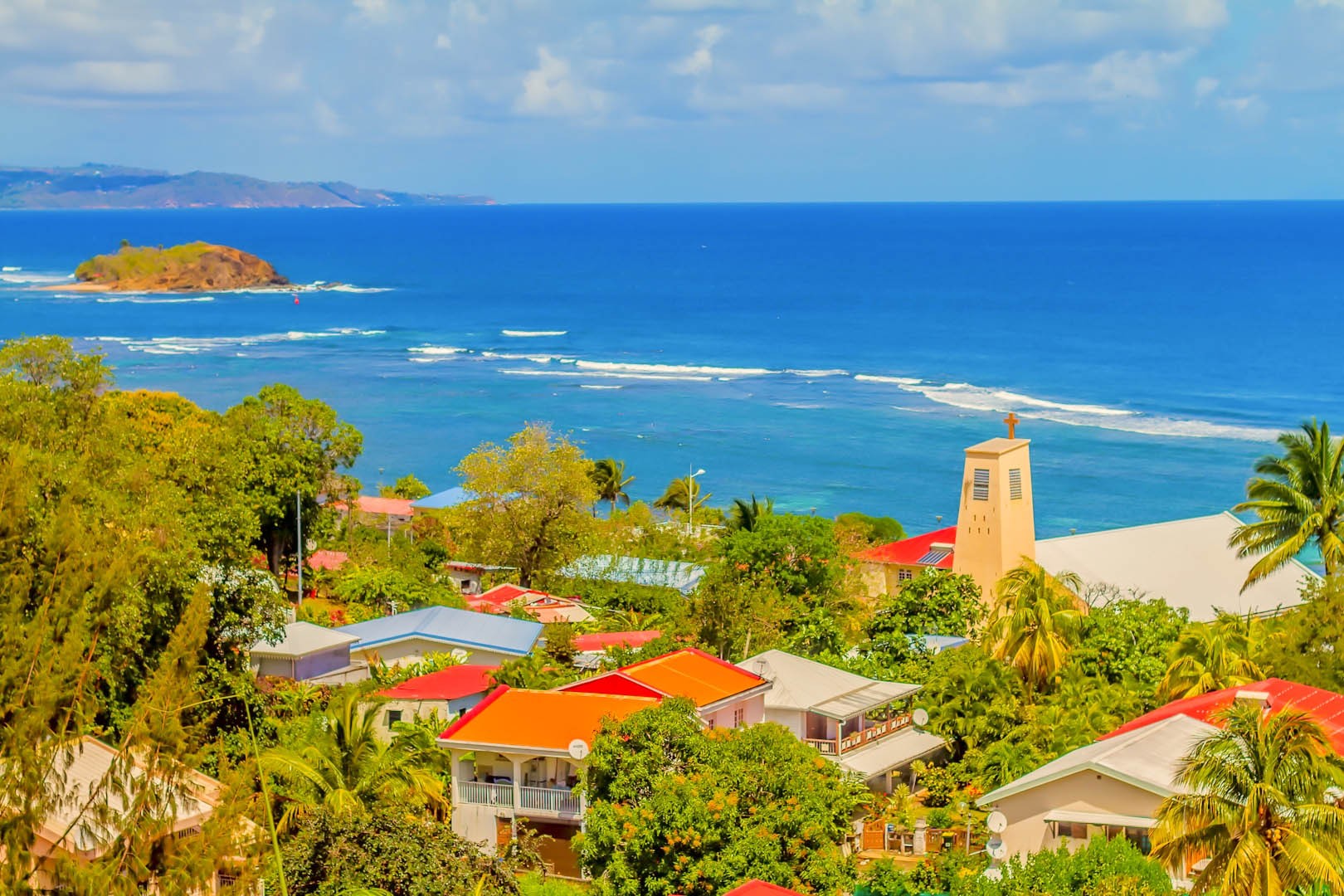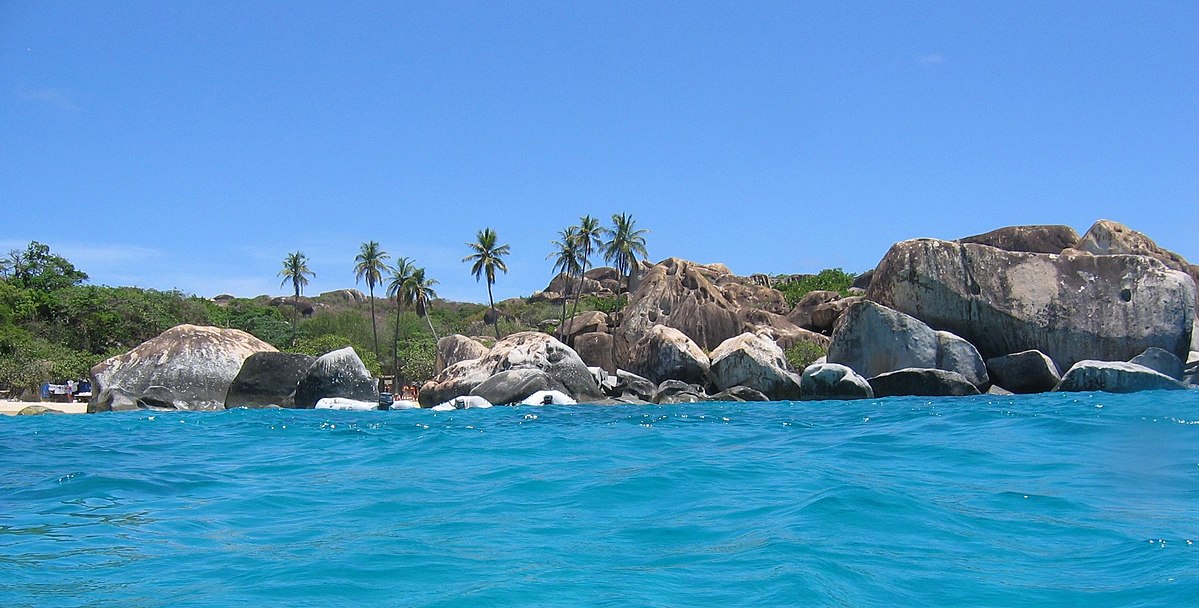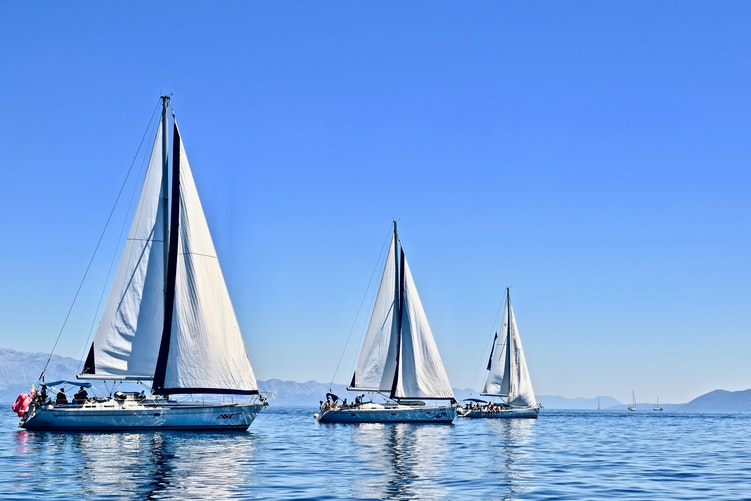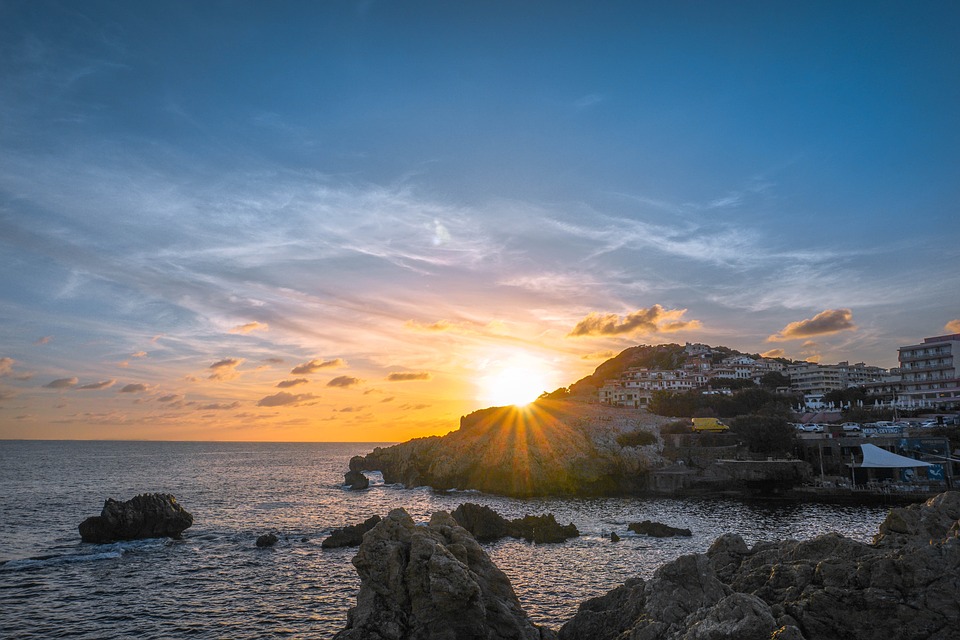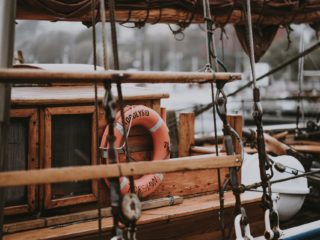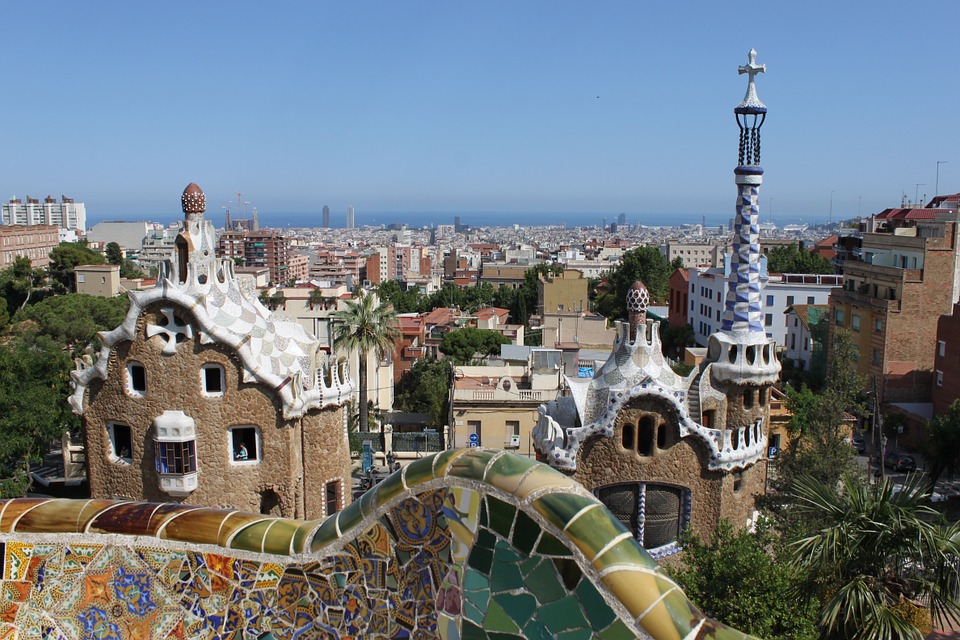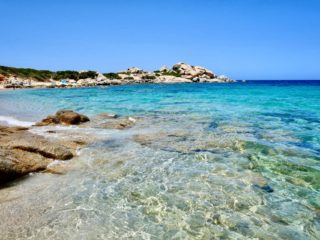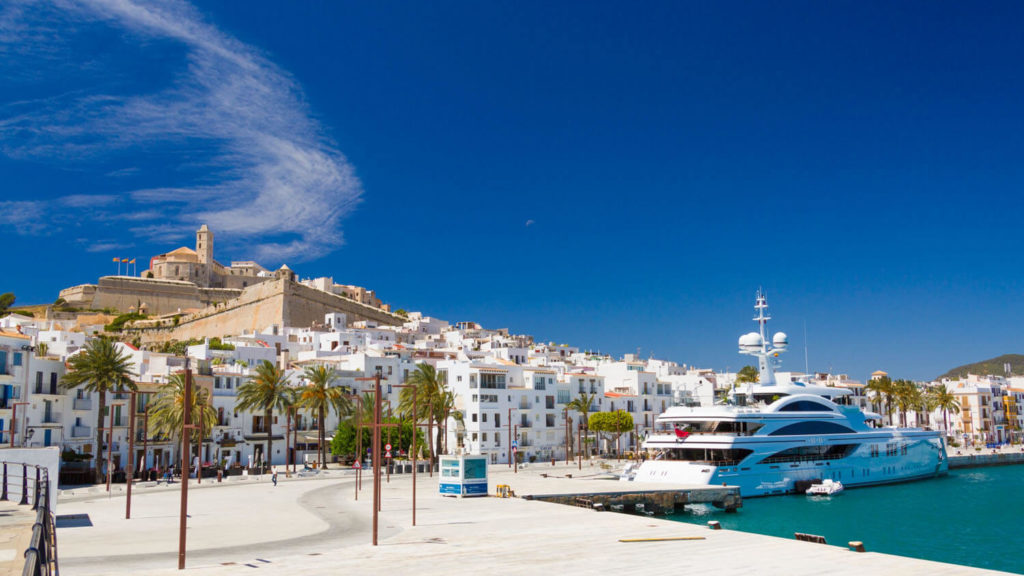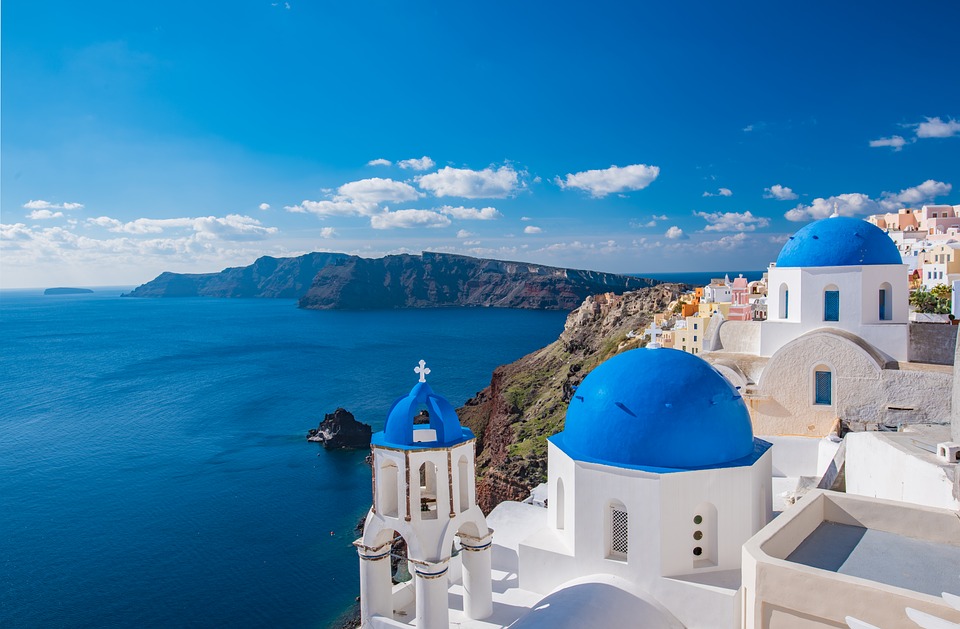Cuba is a unique destination. Is it the history, the culture, the Caribbean joie de vivre or the locals’ famous hospitality that makes this exotic gem a marvel to explore? And we haven’t even mentioned its unique natural beauty and exotic beaches. Sailing around Cuba will take you to those parts of the island where few tourists go.
All roads lead to Havana when sailing around Cuba
The capital of the island, Havana is the perfect starting point for a sailing trip around Cuba. Many yachts and catamarans dock at the Hemingway Marina, named after the famed author who lived on the island for many years. Note that when dock for the first time you will be stopped by the local coastguard to obtain a permission and a berth number.
Most tourists are enchanted by the capital’s unique allure: the combination of Art Deco villas and classic cars roaming the cobblestone roads of Havana take you back to the era when Frank Sinatra used to hang around here. But for an avid boatman, there is more to see when boating in Cuba on a catamaran. On the western side of the country you will find the Guanahacabibes National Park, a natural reserve of unique beauty. The waters here are shallow, as the lagoon is home to around 100 lakes, as well as a natural habitat for marine turtles. You will need to obtain a permit to sail here, as the coral reefs are quite vulnerable. If you are travelling with a sailboat or a small boat, you can anchor at Maria la Gorda and sail along the coast.
Visit Cienfuegos and Cayo Largo
Few places capture Cuba’s unique allure better than the port of Cienfuegos, named after the famous revolutionary Camilo Cienfuegos. Its colonial architecture and spacious avenues will enchant you, while a visit to the El Nicho waterfalls, reminiscent of the tropical waterfalls of Martinique, will remind you that you are still in the Caribbean. While sailing around this part of the island you will encounter dreamy beaches, coral reefs, and the occasional villa, reminiscent of Cuba’s colonial past.
From there you can sail to Cayo Largo, a former pirate hideout. The beaches here are sandy, with Playa Sirena and Playa Paraiso standing out for their crystal clear waters and palm trees. For something more adventurous, head to the small, uninhabited islet of Cayo Rosario, where water sport opportunities are aplenty and iguanas abound, or the aptly-named Isla de la Juventud (Island of Youth), home to the stunning beach of Bibijagua Beach.
Just a few miles from Cienfuegos, in central Cuba, is the UNESCO world heritage town of Trinidad where you will admire some of the finest samples of colonial architecture. You can dock at the marina of Casilda and take a taxi to Trinidad.
Discover Eastern Cuba
Further east you will find yourself well into eastern Cuba where some of the island’s best boating attractions are located. Stopovers at Manzanillo, a port town famous for its cigars, and Santiago de Cuba, the second biggest city of the island, are highly recommended.
On the easternmost corner of Cuba is the town of Maisí where you can feast your eyes on the La Concha lighthouse from the deck of your catamaran. The landscape here is rocky and rugged, a monument to Cuba’s unique beauty.
On your way back to Havana you can sail along the northern coast of the island to discover unspoiled beaches and coves. We recommend exploring Cayo Romano, the largest cay in the Jardines del Rey archipelago, which has by and large escaped the tourist frenzy. Enjoying its sandy beaches will be a great way to end your journey on a high note, before you head back to Havana.
Weather conditions in Cuba
Cuba’s sub-tropical climate makes it an ideal destination for a boating trip from mid-autumn to mid-spring (up to April), with the average temperature around 25 °. In the summer, rains and hurricanes are more frequent, while the climate becomes considerably more humid.
Although bareboat yacht charters are allowed in Cuba, it is highly recommended to rent a boat with a skipper, as the waters in Caribbean can be choppy and reefs abound. You should only dock at designated marinas. Boating facilities are not always available, specially on the northern coast, and therefore you need to bring all necessary boating equipment and supplies with you.

